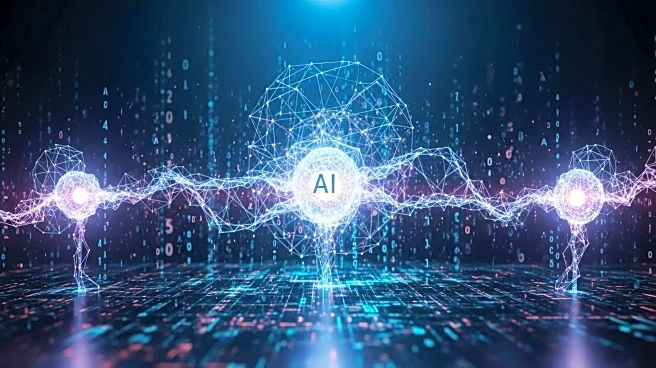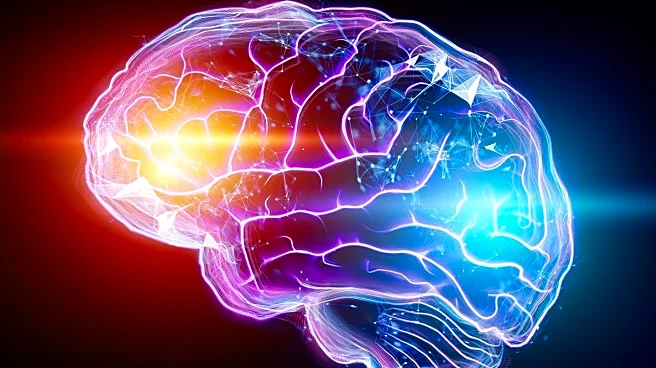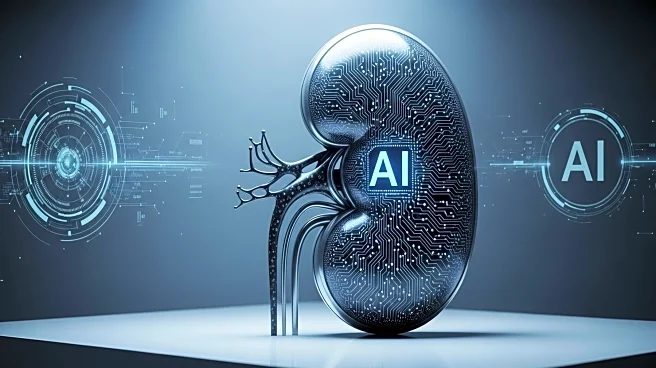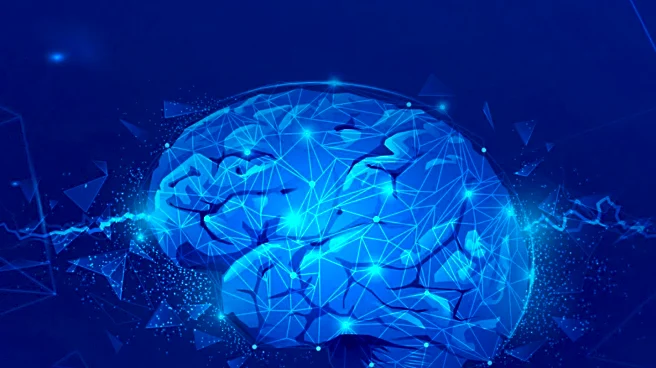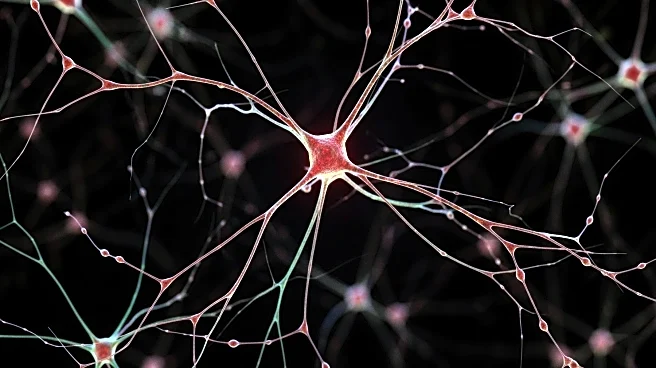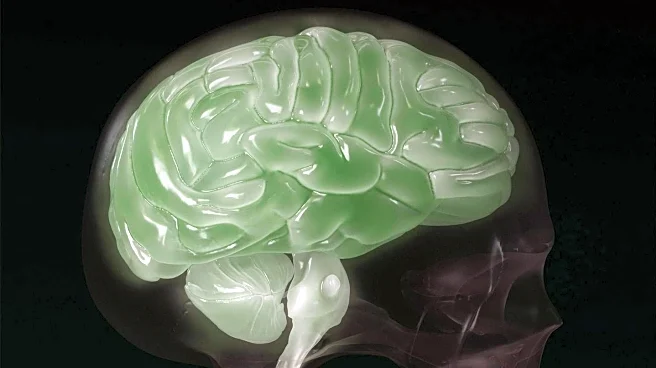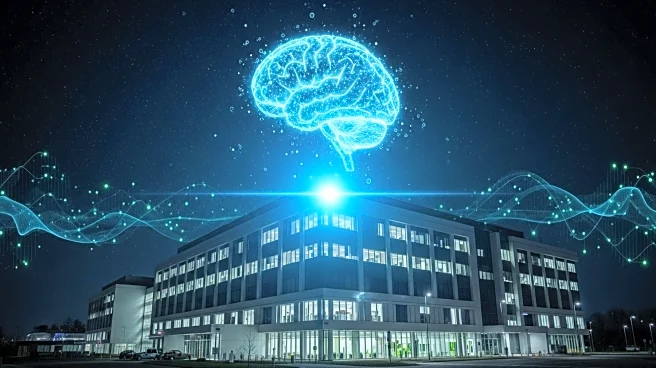What's Happening?
The HALO framework employs hierarchical causal modeling to analyze single-cell multi-omics data, incorporating causal constraints to model temporal dependencies between modalities. This approach uses modified variational autoencoder frameworks to learn latent representations from co-assayed scRNA-seq and scATAC-seq data, along with time information. HALO identifies distal cis-regulation interactions between chromatin regions and nearby genes, specifically for chromatin regions overlapping with super enhancers. The framework aims to enhance understanding of gene regulation dynamics by extending profiling to include additional modalities such as methylation and protein levels.
Why It's Important?
HALO's ability to uncover spatiotemporal dynamics and genome-wide gene regulation mechanisms within tissue contexts is crucial for advancing research in genomics and personalized medicine. By providing a comprehensive understanding of gene regulation dynamics, HALO can help identify novel biomarkers and therapeutic targets, potentially leading to breakthroughs in disease treatment and prevention. The framework's application in multi-omics datasets supports the growing trend of integrating various data layers to gain deeper insights into complex biological systems.
What's Next?
Future work on HALO may involve extending the framework to include additional profiling modalities, such as methylation and protein levels, to provide a more comprehensive understanding of gene regulation dynamics. Leveraging spatial epigenome-transcriptome co-profiling technologies could further enhance HALO's utility as a valuable tool for understanding the functions and regulatory mechanisms of cell populations.
Beyond the Headlines
The integration of HALO with spatial epigenome-transcriptome co-profiling technologies could lead to ethical considerations regarding data privacy and the potential for misuse of genetic information. As multi-omics datasets become more widespread, ensuring responsible use and equitable access to these technologies will be important to maximize their benefits for society.


